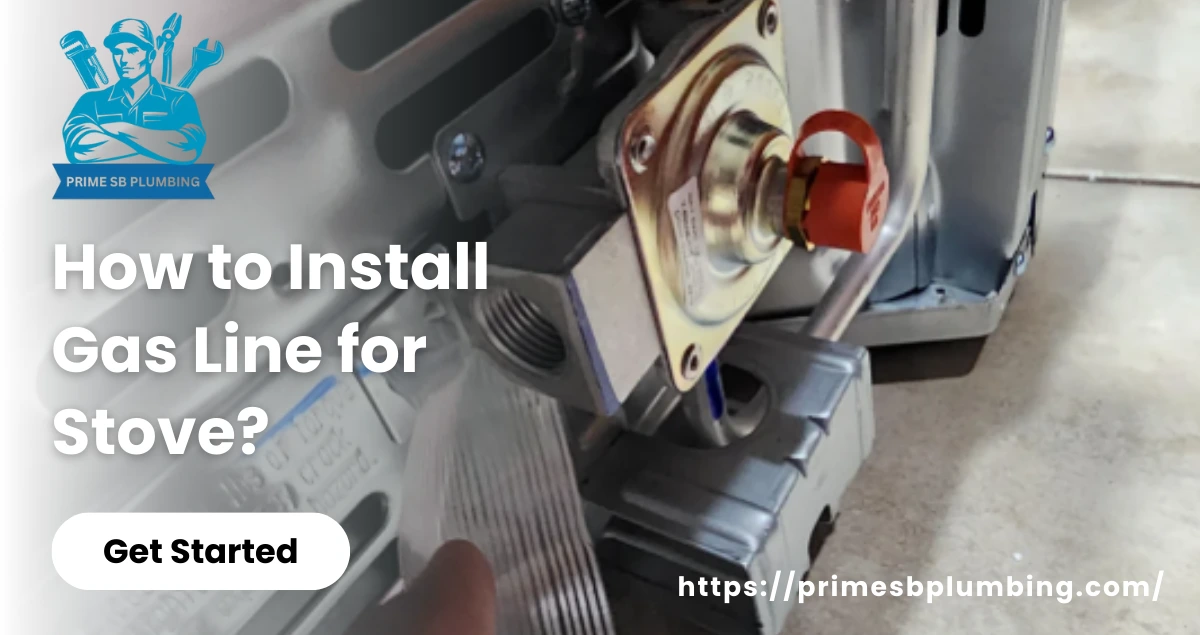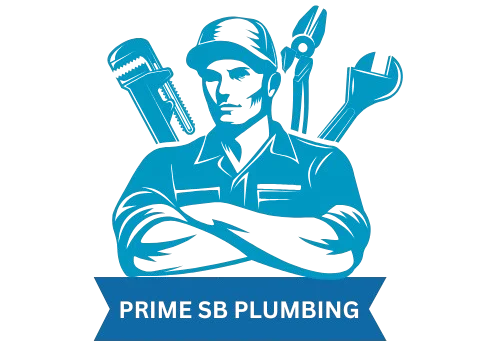How to Install Gas Line for Stove?

Installing a gas line for your stove is an important step if you’re planning to switch to a gas-powered cooking appliance. Gas stoves are popular in many homes because they heat up quickly and give better control over cooking temperatures. But before you start enjoying your new stove, it’s important to understand how to install gas line for stove safely and properly.
If you’re upgrading your kitchen or building a new home, installing a gas stove line requires careful planning. It involves working with gas lines, fittings, and connections which can be dangerous if not done correctly. That’s why this job is best handled by a professional plumber or gas technician who knows how to follow all safety rules and local building codes.
What is a Gas Line for a Stove?
A gas line for a stove is a pipe that brings natural gas or propane from your main gas supply to your kitchen stove. It’s what gives your gas stove the fuel it needs to work. Instead of using electricity to heat your burners, a gas stove uses gas to create an open flame for cooking.
The gas line is usually made of strong materials like black steel, copper, or flexible stainless steel tubing. It’s installed behind or underneath the stove and connected securely to both the gas supply and the appliance using special fittings.
Having a proper stove gas line installation is very important because it ensures that the gas flows safely and doesn’t leak. A small mistake in the setup can be dangerous, so safety checks and correct fittings are always required.
In short, a gas line is the main connection between your stove and the fuel it needs to cook your food. If you’re planning on installing a gas stove line, it’s a key part of the setup and must be installed carefully often by a licensed professional to meet safety standards and local codes.
Can You Install a Gas Line Yourself?
Technically, yes it is possible to install a gas line yourself. But in most cases, it’s not recommended unless you are a licensed professional with experience. Working with gas is risky. A small mistake, like a loose connection or damaged pipe, can lead to dangerous gas leaks, fire, or even an explosion.
In many areas, local laws and building codes require a licensed plumber or gas fitter to handle gas line installation. Doing it yourself without a permit could not only be unsafe but also illegal. It might also affect your home insurance or future property sale.
If you’re thinking about installing a gas line for a stove, the safest option is to hire a professional. They’ll make sure the gas line is installed properly, follows local safety rules, and is pressure-tested for leaks before it’s used.
In short, even though it may seem simple, gas line installation for a stove should always be done with safety in mind. Leave it to the experts and have peace of mind knowing your home is safe.
Steps for Installing Gas Line for Stove
Installing a gas line for a stove is a job that should be done carefully and safely. Below are the basic steps that a licensed plumber usually follows to install a gas line in a home:
1. Check Local Codes and Get Permits
Before starting any gas line installation for your stove, it’s very important to check the local building codes in your city or town. These rules are made to keep your home and family safe.
In many places, you’re legally required to get a permit before working on any gas lines. A permit ensures that the installation is done safely and inspected by the local authorities.
2. Plan the Gas Line Path
Once you have your permit, the next step is to plan where the gas line will go. This means choosing the safest and shortest route from the main gas supply to your stove.
When planning the path, keep these things in mind:
It’s also important to decide if the gas line will go through walls, floors, or crawl spaces. Every home is different, so take your time and mark the path clearly before starting the work.
3. Turn Off the Gas Supply
For safety, the gas supply is completely shut off before beginning any work. This helps prevent leaks or accidents during the installation.
4. Cut and Install the Gas Pipes
The plumber cuts and connects proper-sized pipes using strong fittings. They usually use black iron pipes or flexible CSST pipes for this step.
5. Secure the Pipes and Connect to Stove
Once the pipes are in place, they’re tightly secured to the wall or floor and then connected to the stove using a flexible connector approved for gas use.
6. Pressure Test the Gas Line
A leak test is done to make sure there are no gas leaks. This is a critical step for safety.
7. Turn the Gas Back On and Final Check
Once everything is secure and safe, the gas is turned back on and the stove is tested to make sure it’s working properly.
Safety Tips for Installing a Gas Line for Stove
Working with gas lines can be dangerous if not done properly. If you’re doing it yourself or hiring a professional, safety should always come first. Here are some important safety tips to keep in mind:
1. Turn Off the Gas Supply
Before doing any work, make sure the gas supply is completely turned off. This will prevent leaks and accidents during installation.
2. Check for Leaks
After installation, use a gas leak detector or a soap and water solution to check all connections. If you see bubbles forming, it means there’s a leak that needs fixing right away.
3. Use Proper Tools and Materials
Only use gas-rated pipes, fittings, and tools. Using the wrong materials can cause serious safety issues.
4. Don’t Take Shortcuts
Always follow local building codes and safety standards. Never rush the installation or skip important steps.
5. Call a Professional If You’re Unsure
If you feel unsure at any point, it’s better to stop and call a licensed plumber or gas installer. Safety is more important than saving time or money.
6. Install a Carbon Monoxide Detector
This is a smart extra step. If anything goes wrong, a detector can alert you before things get worse.
Why Hire a Pro?
Gas line installation for the stove may seem simple, but mistakes can be dangerous. Hiring an expert ensures the work is safe, legal, and long-lasting.
Need help with your gas line for gas stove installation? Contact Prime SB Plumbing today! We offer fast, safe, and affordable gas line services for homes in Santa Barbara and nearby areas.
